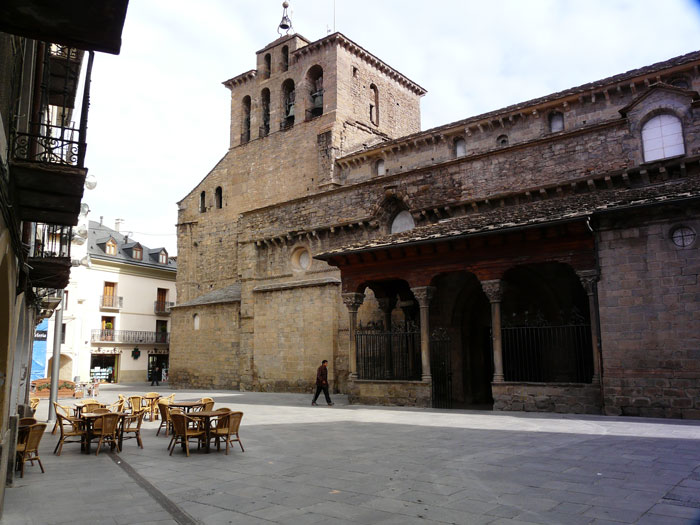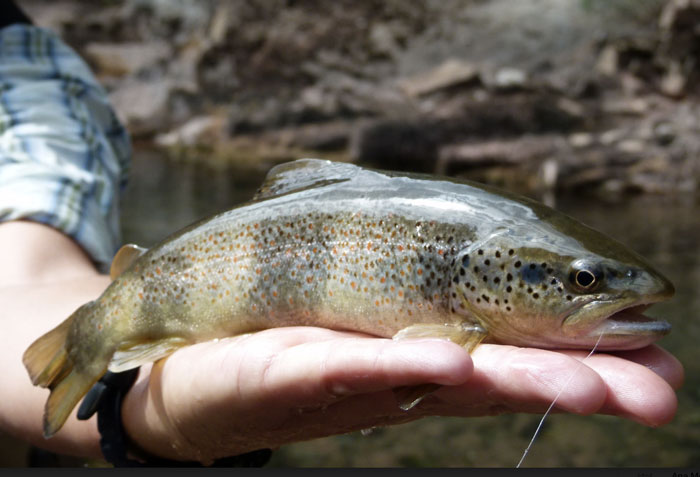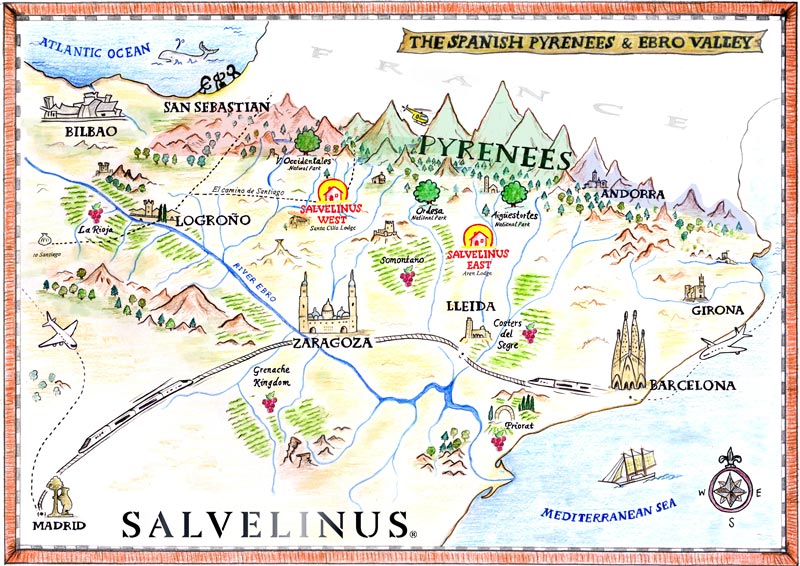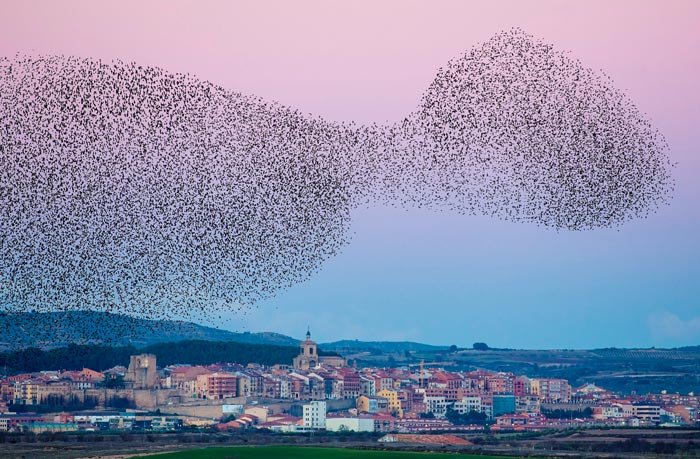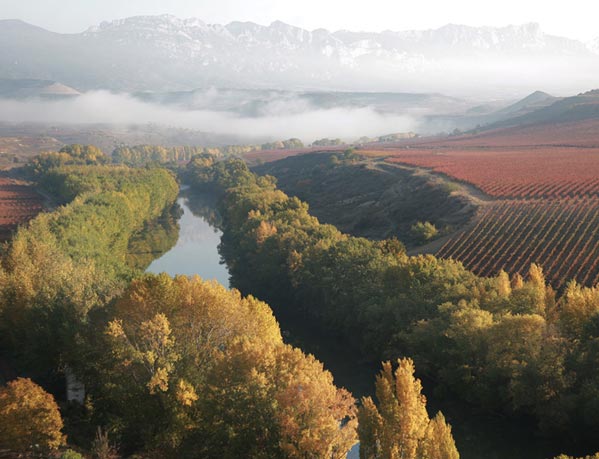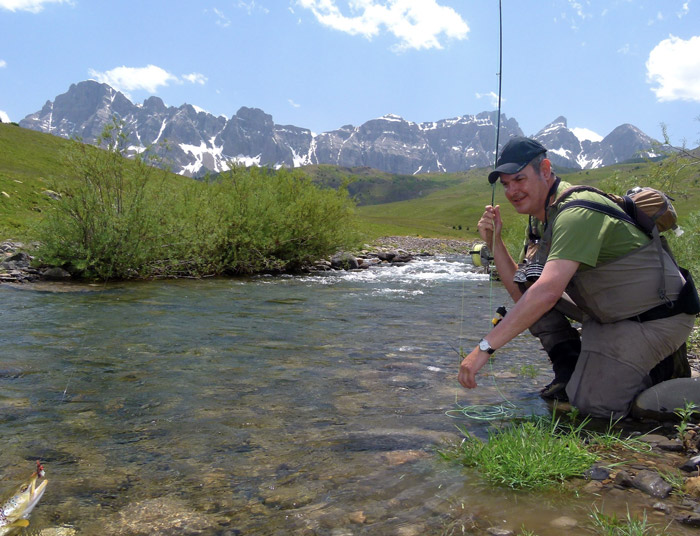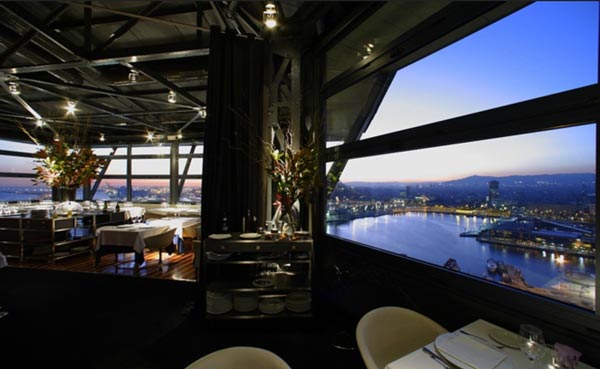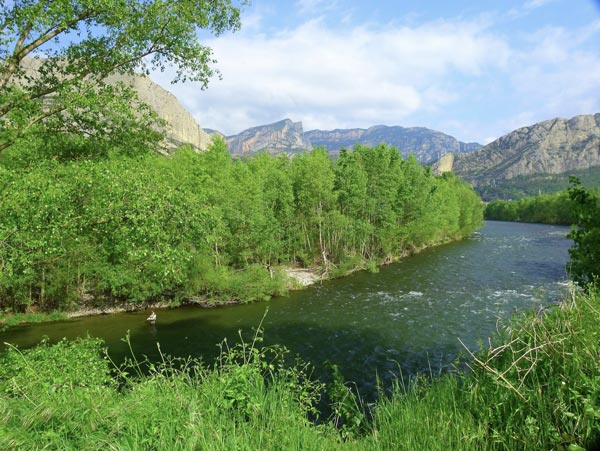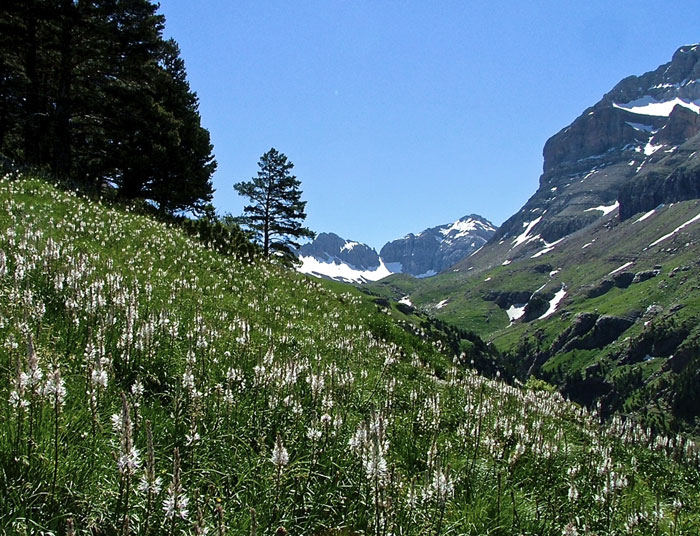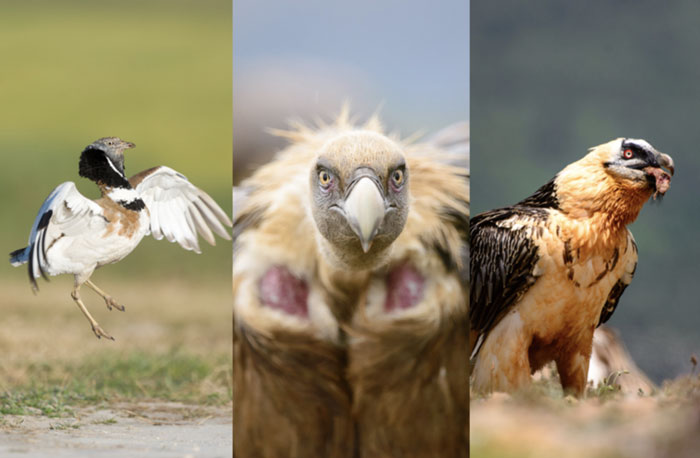The old kingdom of Aragon has always been speculated to have close ties to the waters of the Pyrenees. Fernando Basurto, born in 1460, was not only one of the very first fly-fishing writers not just of Europe, but also of the modern history.
- Jaca of Aragon
- Spanish trout
Fernando Basurto’s text, Dialogue Between a Hunter and an Angler, was published in Zaragoza (Spain) in 1539. Basurto expressed his text in the form of a dialogue between a proud hunter and a humble angler. The specific text below details the angler’s use of mayflies from a heavy summer hatch to capture feeding trout on the Aragon River.
“…he fished shallow waters with a float and a fishing sinker on the line and with two of those (mayflies) threaded onto the hook through the tail. The results were so splendid that he was astounded at how good the bait was… better still, remove the float and sinker and keep the bait just above the surface, because trout feed on them as they do when mayflies fall to the surface and drift downstream…”
Dialogues between a Hunter and an Angler, Fernando Basurto
Translated by: Michael Nicholas
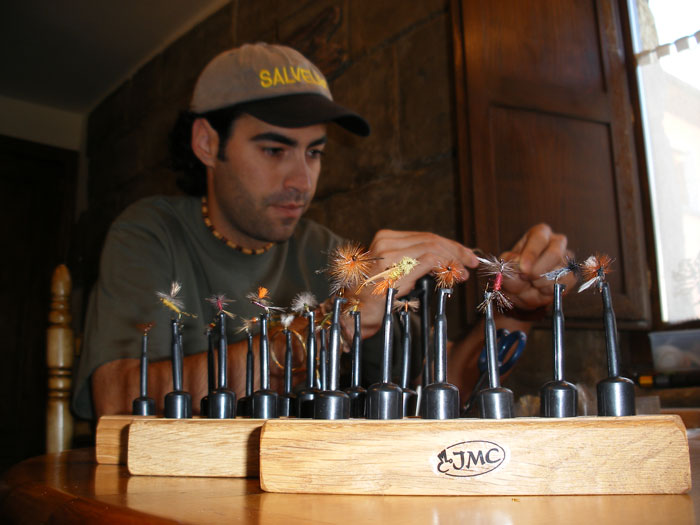
He describes a great number of fly patterns and tying techniques in great detail, enabling the reader to understand the challenge of fly fishing.
“… the feathers from a capon or a duckling make an excellent lure for trout… the feathers by themselves are worthless; if not tied to a body in silk or thread that is yellow, dun or black as the situation requires, these are the colors of the very flies the trout feed upon in rivers…”
Basurto also argues that fly fishing is an attempt to satisfy our need to overcome challenges. On the surface, it may be simple as the acts finding a fish and then catching it. However, the process actually requires a depth of knowledge not restricted to the identification the fish’s prey, choose the right fly pattern for the condition, and tying it perfectly to trick the fish.
“Make your artificial drift along the surface, that way the trout will seize it because that is how they take natural flies…”
Little did Basurto know that he would be creating history with his text.
“Take me away from the river and stop me fishing. That I will not consent.
If I can´t fish, then Death will soon fish me!”

